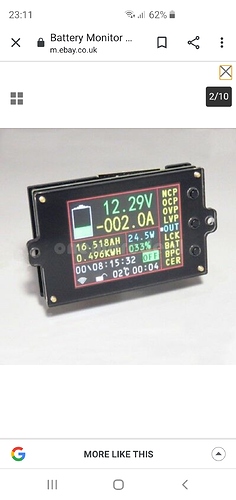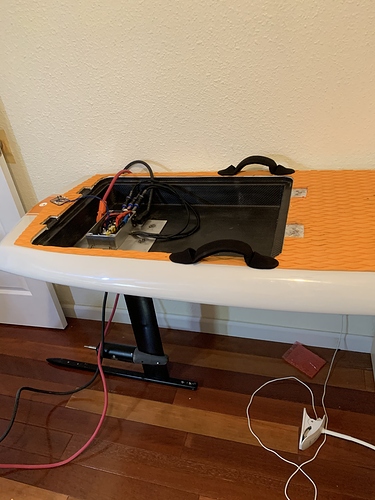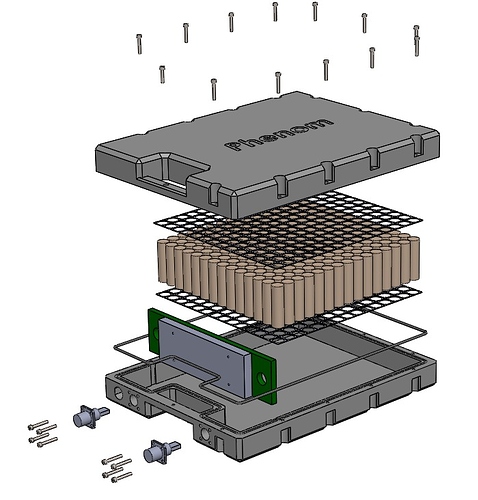Hi.
Sorry. I know it’s confusing. Here is what’s important…
When you buy a battery, either a pre-made battery, or a bulk order of individual cells, you need to test (as described previously) a sample cell from these to verify that the cell meets the manufacturers claims. Just testing one or two individual cells will accomplish this. If they mixed in 50/50 counterfeit cells you would be able to tell seeing the batteries side by side. Even the best knockoffs aren’t perfect. If any cells look suspicious I would test those too.
It’s always best to test a single battery. A single cell. If you have purchased a pre-made pack then you cannot test a single battery because several of them will be connected together in series, thus creating one cell made up of several batteries (one “S”, however many “P”). Without taking the battery apart, the best you can do is test one cell (one group of batteries hooked in parallel).
If you do not understand what makes up a cell, and the difference between hooking batteries together in series V.S. parallel you have a lot of reading to do before you start charging, building, or using a DIY battery, or one without a BMS.
Any group of single cell batteries where all the positive terminals are hooked together, and all the negatives are hooked together is one cell. This is a parallel group. Which is called 1s. Because it’s only one battery hooked in series. As in no batteries hooked in series. These batteries will all self balance with each other, and self regulate their voltage. For all practical purposes, they are one cell. 1s14p. This will act as one battery. No need to balance charge. They are only as good as the weakest battery within the group, so make sure they are all the same type and age (new).
Any cells or cell groups hooked together where the positive of one battery connects to the negative of another battery, this creates a series connection. As in 2s. This battery must be balance charged and individual cell voltage must be monitored.
Of the utmost importance is the understanding that batteries hooked together in series do not self regulate their state of charge, or voltage!
This is where voltage monitoring comes into play. If you have a 1s10p pack you do not need to balance charge. The parallel number doesn’t matter.
If you have a 14s10p pack you need to monitor and balance charge 14 different groups. These 14 groups will not stay at the same voltage as the other 14 in this group.
Your example of testing 12s1p is what not to do! This pack has 12 cells that need to be balance charged! A pack of 1s12p is one parallel group. This pack will self balance and regulate their voltage. This is how you would have to test a pre made battery. Because you can do this without taking the battery apart. But, it’s not as good to test this way because the pack is only going to perform as well as the worst cell. And you can not easily tell how many amps one cell can handle without getting hot.
Be safe guys. You really shouldn’t be playing with lithium cells untill you thoroughly understand these concepts.








